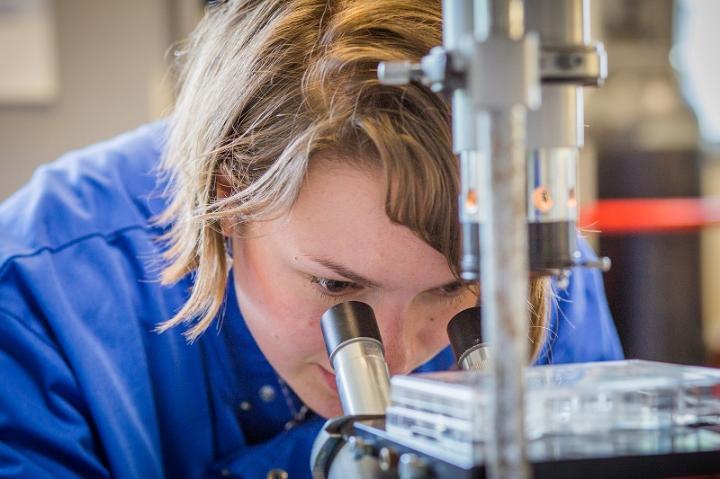Preclinical Pharmacology
Drug target identification and characterisation
Once identified as potential targets further analyses are then undertaken to confirm that such targets are both clinically viable and have the potential for compound design and synthesis. In addition to the standard methods provided by our dedicated histology and immunohistochemistry facility, target interrogation may also utilise our flow cytometry, molecular pathology, confocal microscopy and real-time pcr (qrt-pcr) facilities.
The assessment of these potential drug targets as being clinically relevant is only made possible by the tumour bank resource established within the institute.
Through our close partnership with University of Bradford partner Ethical Tissue we are able to source clinical tumour and normal tissue to evaluate potential drug targets.
The final stage of this phase in preclinical screening is the development of tumour cell models demonstrating differential levels of the purative drug target, either by identification of 'natural' expression levels or via genetic manipulation to create such models.

Drug screening and assessment of drug-target interactions
Once a target has been identified and compounds have been synthesised, the next phase is to identify 'hit' and 'lead' compounds by evaluating their potency against living tumour cells. in the tissue culture facility, we have access to in excess of 100 different human tumour cell lines representing different tumour types, drug responsiveness and drug target expression. Using these cell lines we screen compounds for their anticancer potency and efficacy. We also address the selectivity of the potential agents against their proposed tumour target and establish their mechanisms of action.
Drug toxicity, drug target selectivity and anti-tumour efficacy
When a 'lead' compound has been identified by extensive in vitro assessment, we then evaluate whether there is any drug toxicity, sufficient bioavailability, interaction of drug with target and efficacy in well-characterised, relevant tumour models.

